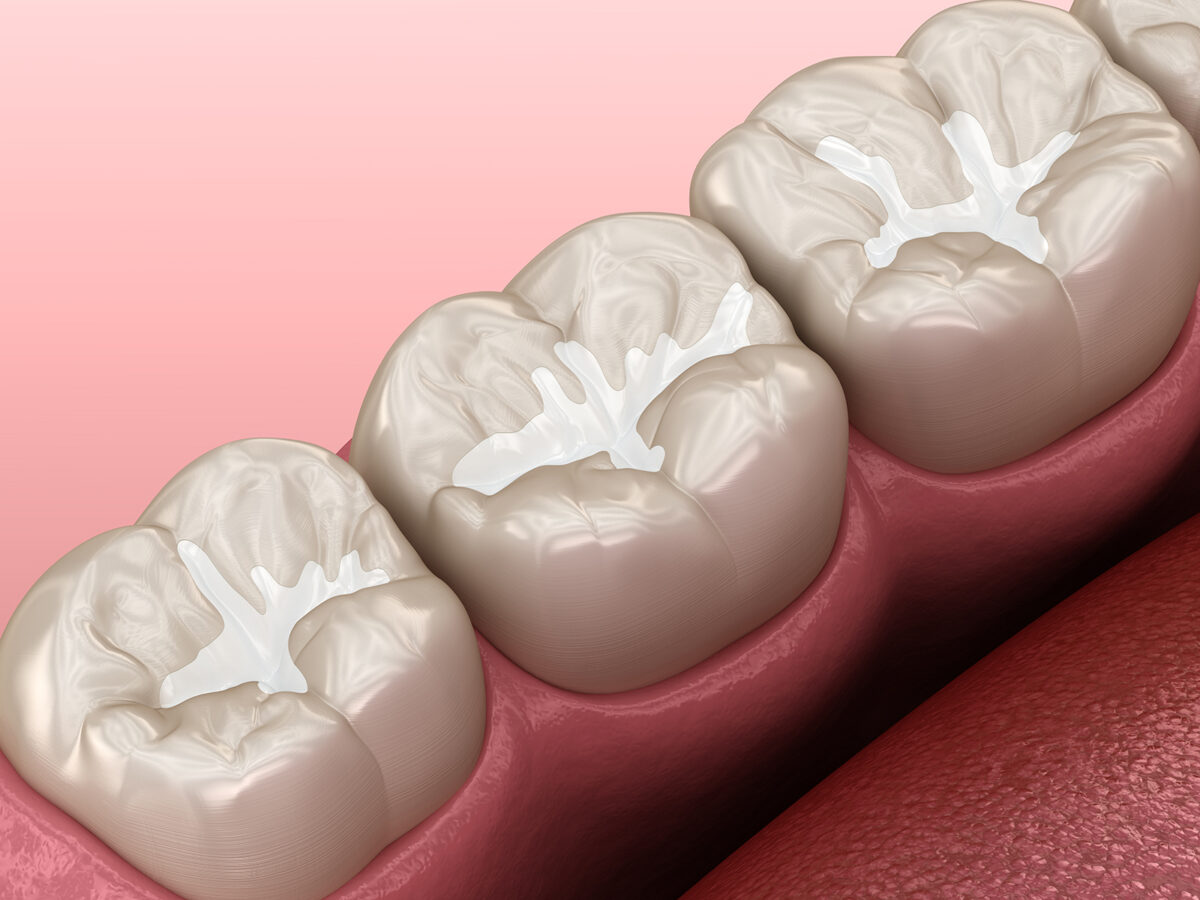Dental sealants serve as a powerful tool in preventative dentistry, offering protection against tooth decay. These thin, protective coatings, known as dental sealants, are applied to the chewing surfaces of back teeth (molars and premolars). Their primary function is to prevent the accumulation of bacteria and food particles that lead to cavities.
This article delves into the ideal candidates for dental sealants and underscores their importance in tooth decay prevention.
Who Is A Good Candidate For Dental Sealants?
- Teeth Emergence and Age:
Children and teenagers are prime candidates for dental sealants. It’s best to apply sealants as soon as the permanent molars and premolars emerge, typically between the ages of 6 and 14. Early application ensures maximum protection during the teeth’s most vulnerable phase.
- Structure of the Pit and Fissure:
The chewing surfaces of teeth, especially molars and premolars, have natural pits and fissures. Some of these crevices can be deep, making them hard to clean with regular toothbrushes and floss. Individuals with deep and intricate pit and fissure structures can greatly benefit from dental sealants, which safeguard these hard-to-reach areas.
- History of Tooth Decay:
Those who have previously experienced even minor tooth decay can find dental sealants particularly beneficial. Applying sealants to teeth prone to decay can significantly reduce the risk of future cavities.
- Challenges in Maintaining Good Oral Hygiene:
Certain individuals, due to physical disabilities, cognitive impairments, or developmental challenges, might find maintaining consistent oral hygiene difficult. For such individuals, dental sealants can offer an added layer of protection.
- High Cavity Risk:
Individuals at a heightened risk of developing cavities, perhaps due to poor dietary habits, frequent snacking, or limited fluoride exposure, are strong candidates for dental sealants. Given this heightened risk, proactive measures like sealants become even more crucial.
- Budget Considerations:
Dental sealants are a cost-effective preventative measure. Those looking to avoid future dental expenses, such as fillings or root canals, might find sealants a worthy investment.
- Painless Application:
The process of applying sealants requires no drilling or anesthesia. This makes it an attractive option for those with dental anxieties or needle phobias.
- Sealants for Adults:
Contrary to popular belief, adults with healthy, cavity-free molars and premolars can also benefit from sealants. If their teeth meet the criteria for sealants and show no signs of decay, sealants can act as a preventive measure for their oral health.
Conclusion
Dental sealants stand out as a remarkable advancement in preventive dental care. They are especially beneficial for individuals with a history of tooth decay, those with deep pits and fissures in their teeth, individuals who face challenges in maintaining oral hygiene, and young individuals with newly emerged permanent teeth. Not only are they beneficial for those at a lower risk of dental caries, but they also serve those at a higher risk, individuals with pristine teeth, and those seeking cost-effective preventive solutions.
By reducing the chances of cavities, dental sealants aim for long-term tooth protection. When applied by a dentist, they can help individuals maintain healthy teeth and potentially avoid more invasive and costly dental treatments in the future.



